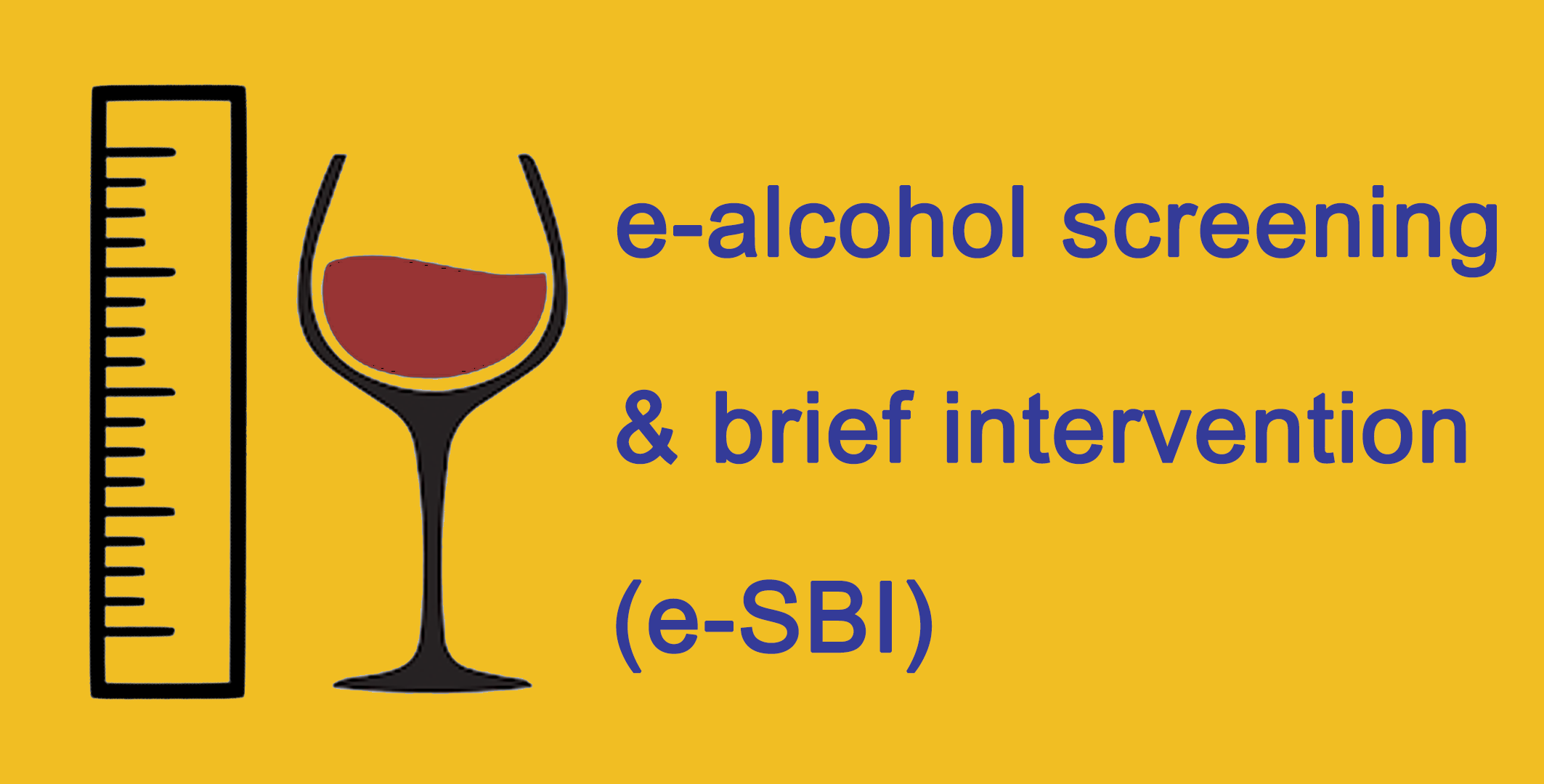5. Proteins
 Proteins are made up of different amino acids. The human body cannot make or cannot make enough of certain amino acids (called essential amino acids) to meet bodily needs. They must be obtained from food. Proteins are used in growth and repair of all body tissues, and for making enzymes and hormones to maintain body functions. Besides, each gram (g) of protein provides about 4 kilocalories (kcal) of energy.
Proteins are made up of different amino acids. The human body cannot make or cannot make enough of certain amino acids (called essential amino acids) to meet bodily needs. They must be obtained from food. Proteins are used in growth and repair of all body tissues, and for making enzymes and hormones to maintain body functions. Besides, each gram (g) of protein provides about 4 kilocalories (kcal) of energy.
Sources
 Protein can be derived from two main sources, namely animal proteins (e.g. meat, poultry, fish, eggs and milk) and plant proteins (e.g. pulses, cereals, nuts, beans and dry peas). As animal proteins contain all the essential amino acids that the body needs, they are regarded as 'complete proteins'. Except for soya beans, plant proteins are 'incomplete' as they usually lack one or more essential amino acids. For example, grains are limited in lysine and legumes are limited in methionine. However, eating a combination of plant foods (such as legumes and grains, legumes and nuts or seeds) can provide enough essential amino acids.
Protein can be derived from two main sources, namely animal proteins (e.g. meat, poultry, fish, eggs and milk) and plant proteins (e.g. pulses, cereals, nuts, beans and dry peas). As animal proteins contain all the essential amino acids that the body needs, they are regarded as 'complete proteins'. Except for soya beans, plant proteins are 'incomplete' as they usually lack one or more essential amino acids. For example, grains are limited in lysine and legumes are limited in methionine. However, eating a combination of plant foods (such as legumes and grains, legumes and nuts or seeds) can provide enough essential amino acids.
Requirement
The World Health Organization (WHO) and the Food and Agricultural Organization (FAO) of the United Nations recommend that daily protein requirement for healthy people should be between 10-15% of daily caloric intake.
Health AlertLack of protein can cause growth failure, loss of muscle mass, decreased immunity, oedema, weakening of the heart and respiratory system, and even death. |
Practical Tips for Going for High Quality Proteins
Foods rich in proteins (including meat, poultry, fish, eggs and dry beans) are placed at the "Eat Moderately" level of the Food Pyramid. Here are some suggestions for getting high quality proteins:

- choose dry beans as part of the main meals often and cook with little amount of oil. However, while dry beans are a good source of protein, vegetarians should also eat a variety of plant foods to ensure getting all the essential amino acids that the body needs.
- eat less red meat (such as beef and pork) and processed meat.
- watch out for the saturated fats (also see Fats) that come along with animal proteins in meat;
- choose lean meat, egg, fish and skinless poultry;
- while keeping fat intake in check trim all visible fat off meat and poultry during preparation and before eating;
- use low-fat cooking methods such as steaming, boiling, broiling, braising, grilling, baking or roasting instead of frying and deep-frying the meat;
- opt for skimmed or low-fat milk, cheese, yoghurt or other dairy products.
References
Food, Nutrition, Physical Activity, and the Prevention of Cancer: a Global Perspective. Washington DC: World Cancer Research Fund and American Institute for Cancer Research; 2007.
Diet, Nutrition and the Prevention of Chronic Diseases: Report of a Joint WHO/FAO Expert Consultation. WHO Technical Report Series No. 916.Geneva: World Health Organization; 2003.





































